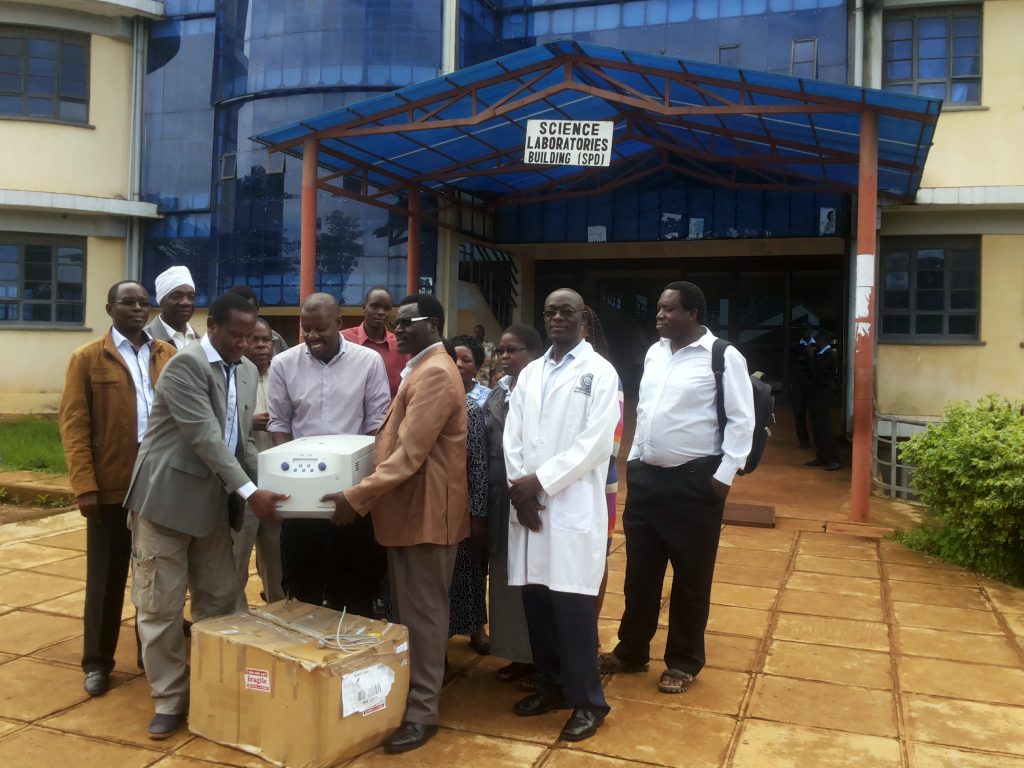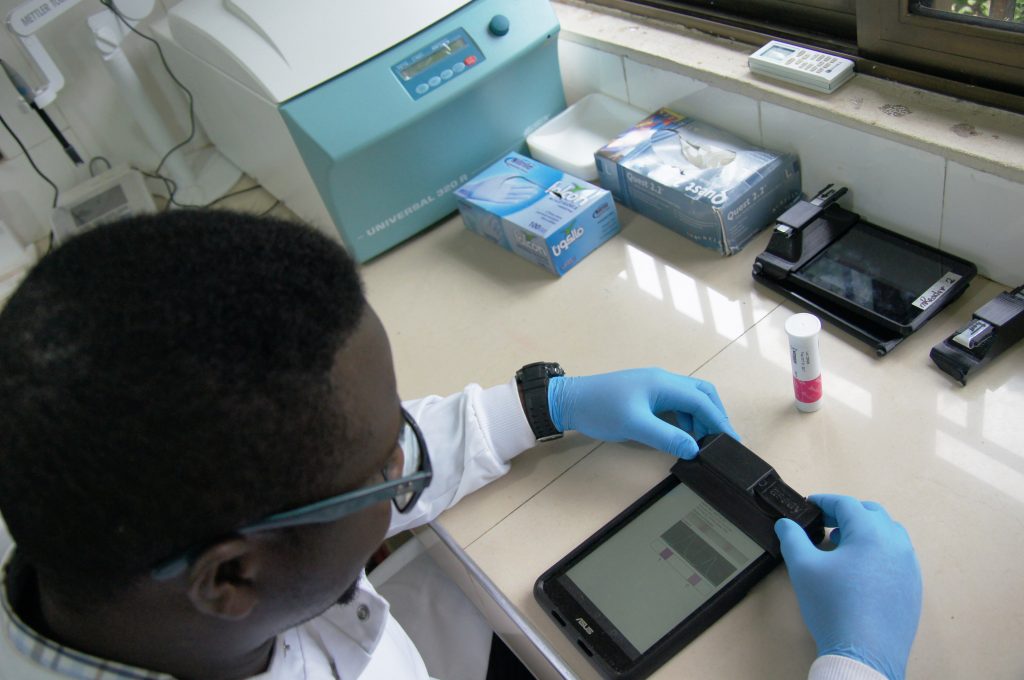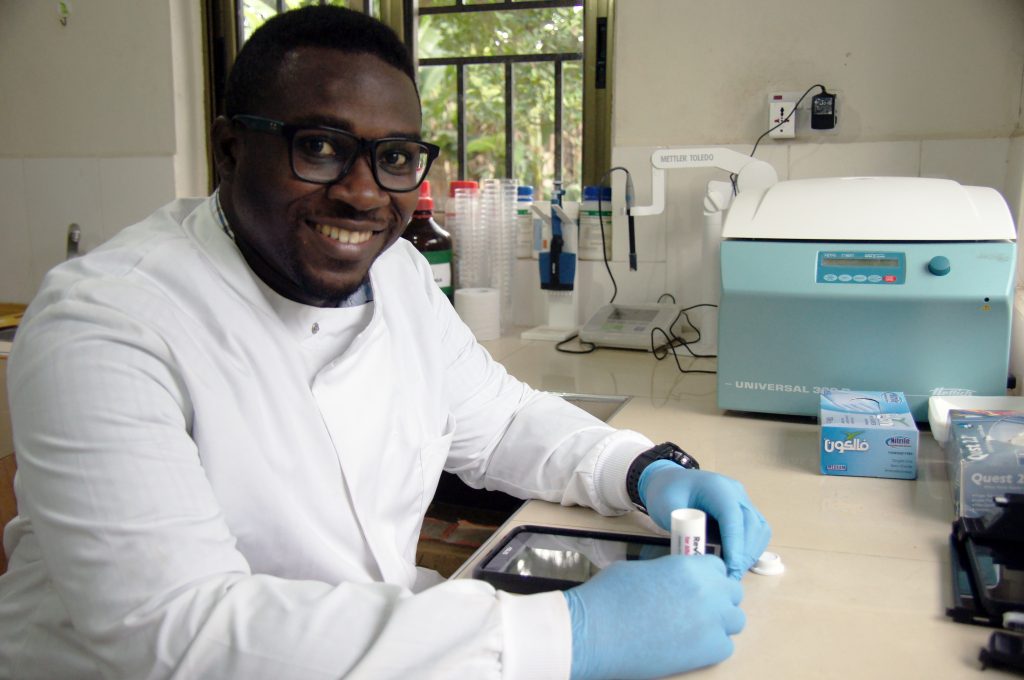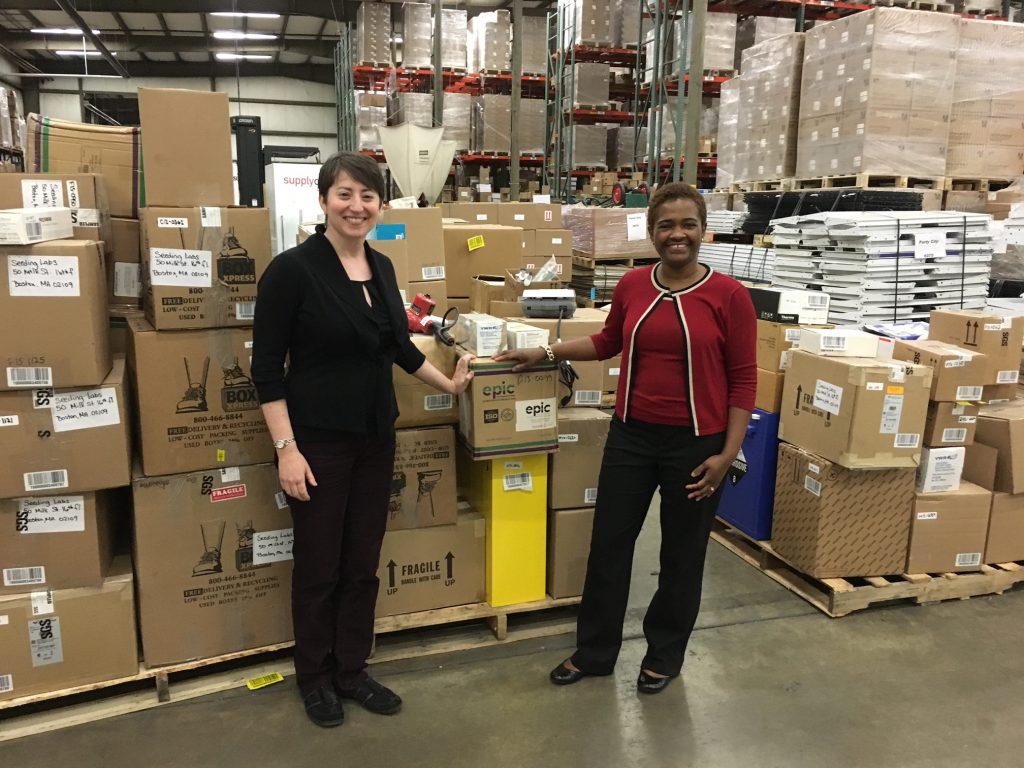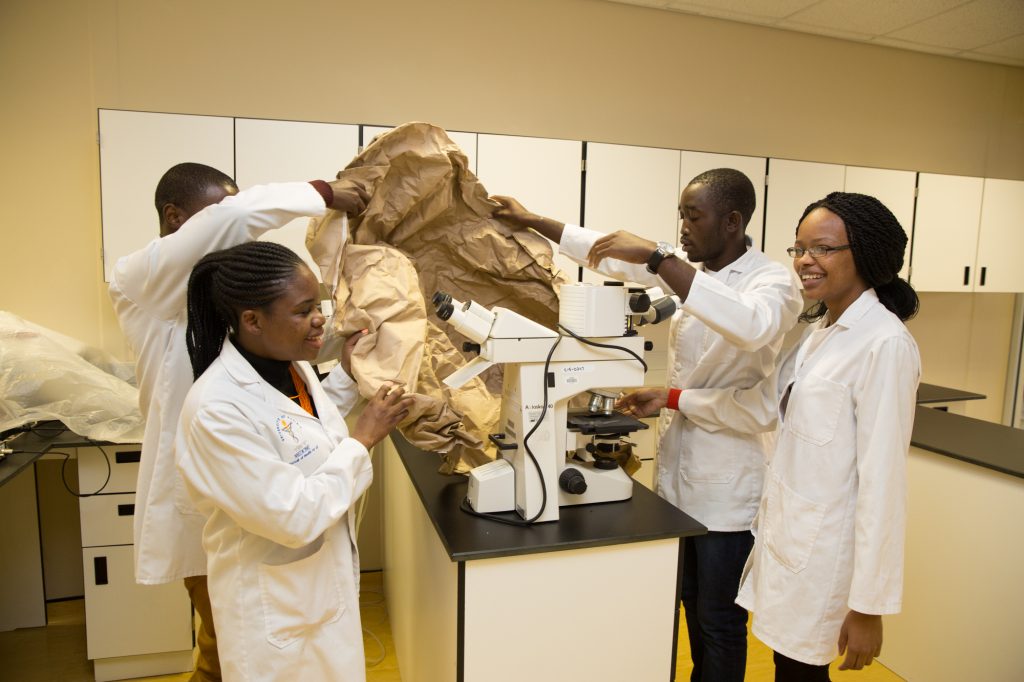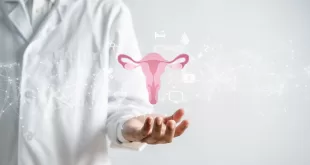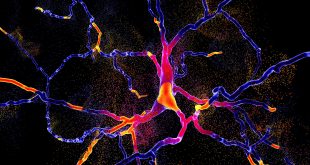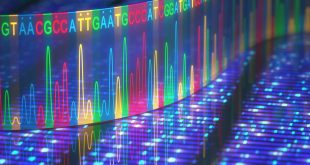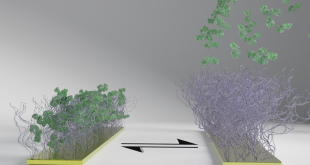By Hermione Wilson
When Nina Dudnik and her colleagues started Seeding Labs in the basement of Harvard Medical School, they weren’t just interested in giving charity to scientists in developing countries; they were looking to connect scientists all over the world to one another. Several of the original members, Dudnik included, had spent time working overseas and had noted the great disparity of resources available to scientists in certain parts of the world.
“When I was working in the Ivory Coast we were doing things like reusing Eppendorf tubes and pipette tips,” Dudnik says. “It took months to get journals let alone reagents. We had folks who were going overseas to pick up reagents and bring them back in their luggage.”
Despite these drawbacks, Dudnik says the lab she worked at was doing innovative work on breeding new crops for African farmers. There might have been a lack of resources, but there certainly wasn’t a lack of talented researchers. If they could only bridge that resource gap, she thought, imagine what could be accomplished.
Thus Seeding Labs’ core Instrumental Access program was born. The organization takes on the surplus laboratory equipment academic institutions and labs have lying around and redistributes it. Since Seeding Labs began in 2003, it has shipped 129 tons of equipment worth US$4 million to 45 institutions in 26 developing countries. In 2015 alone, the organization received 67 applications from 25 countries, from which Seeding Labs identified 16 university departments with the most potential “to advance cutting-edge research, expand training opportunities for students, and build the infrastructure that’s critical to a thriving scientific community,” according to its website.
Applications from the universities for lab equipment are reviewed by Seeding Labs staff and an external review involving partners in the development and scientific communities. “We vet universities very carefully,” Dudnik says. “We do a lot of background research, we hold interviews over Skype with not just the scientists but sometimes their technical staff, the leadership of the university, so that we really get a good sense of who the scientists are, what they’re working on, the constraints that they’re under, but also the plans that they have and what they’ve already achieved, and the infrastructure that’s available as well as the support of their leadership.”
While it is vetting applications, Seeding Labs is working with its partners in academia and business to collect lab equipment. The organization maintains a warehouse of equipment, which is regularly checked for efficacy and quality control. It has also set up an online portal from which the selected universities can go and choose the equipment they need, essentially like an online store.
“That, to us, is a really important aspect of agency for them,” Dudnik says. “We want them to be able to have that kind of choice over what equipment they need [and to ensure] that it meets their needs.”
An analysis done a few years ago found that the top three pieces of lab equipment requested are balances, microscopes and centrifuges, Dudnik says. She posits that this is because these pieces of equipment are important in the training of students at all levels, especially microscopes. There has also been an increase in requests for high-level equipment, Dudnik says, citing real-time PCR machines, incubators, sequencers, and other analytical equipment.
When it comes to shipping the equipment, Seeding Labs has the added complication of making sure it complies with various international customs requirements. Once the equipment arrives at its destination, Seeding Labs doesn’t have the manpower to send someone to install the equipment on-site – it has a staff of nine people – so it advises institutions remotely, leaning on the expertise of the companies that donated the equipment. In the years following, Seeding Labs follows up with recipient institutions about the impact the equipment is having.
Seeding Labs work begins with lab equipment, but it doesn’t end there, Dudnik says. “The equipment is to me, really step one,” she says. “The ultimate aim is that these are scientists who are doing terrific research on important problems and we want them to connect to their colleagues here.”
In order to accomplish that mission, Seeding Labs has made an effort to bring scientists from the labs it has equipped in other countries to Boston, as well as sending Boston scientists overseas to see firsthand the impact Seeding Labs equipment is having. The opportunity to observe how scientists operate in other countries is a learning experience that goes both ways
Evans Changamu of Kenyatta University, and Solomon Derese and Albert Ndakala of the University of Nairobi, went to Boston in the summers of 2010 and 2012 through Seeding Labs’ exchange program and connected with Boston-based computational chemist Lewis Whitehead. Computational chemistry is a branch of chemistry that uses computer simulation to solve chemical problems, and doesn’t require a lot of equipment. “It’s not a wet lab endeavour, so you can actually do it in resource-limited settings in a terrific way,” Dudnik explains.
Computational chemistry was unheard of in Kenya at the time. The Kenyans returned several times to Boston and Whitehead visited Kenya himself to set up a computational software training course for scientists from all over Africa.
“It was so popular they had to hold the course twice in the same week,” Dudnik says. “They had planned to do it once but it was so oversubscribed; I think it was 90 different scientists from about six or seven different countries.”
Six years later, computational chemistry facilities have been built at both Kenyatta University and the University of Nairobi in Kenya. Recently, the facility at the University of Nairobi received a research grant from Grand Challenges Canada to digitize the structures of natural compounds chemists at the university have been identifying for more than 30 years. The digitized database of compounds, called the Mitishamba Database, went live in 2015.
Seeding Labs’ exchange program has recently been put on hold while the necessary sponsorship is found to re-launch it. In the meantime, the organization has been holding virtual seminars to connect scientists with one another. When it can, the organization tries to facilitate travel opportunities for scientists in resource-limited countries, since travel funding is another scarce resource. Being unable to attend international industry conferences means some scientists are missing out on great opportunities for professional development and networking, Dudnik says.
“Science really is a universally language and you can see that people from different parts of the world who otherwise might be really shy at connecting with each other, can connect immediately over their shared nerdy interests,” she says. It’s really been fantastic to see also that some of those contacts have lasted for years… over really great distances and over time led to some interesting science collaborations.”
Dudnik is quick to point out that this exchange of ideas is by no means one-sided. It’s not about rich Western scientists imparting their superior knowledge to poor, struggling Third World scientists. Researchers in resource-limited areas are often forced to be creative and come up with innovative solutions to bridge those gaps, innovations that can benefit scientists in the West as well.
Take Jamaican chemist Aneisha Collins-Fairclough of the University of Technology for example. A recipient of Seeding Labs Instrumental Access program, Collins-Fairclough wanted to use metagenomics to look at human disease but lacked the resources. She looked around her for the resources that were at handed and lighted upon a landfill that bordered the city of Kingston, Jamaica, particularly leachate ponds filled with water leaching off the landfill. Collins-Fairclough took her students to the landfill and they collected samples to bring back to the lab and do whole genome sequencing on.
It was a slow process since the only centrifuge the lab owned was a microcentrifuge. Collins-Fairclough and her students managed to centrifuge 50 gallons worth of samples in 1.5 ml at a time. “An incredible feat of patience, if nothing else,” Dudnik says admiringly. She’s not the only one impressed. Collins-Fairclough’s work has come to the attention of researchers at the University of Waterloo, who want to use her methods to sample landfills in Ontario.
“Often we have this image in our heads that scientists in the developing world are doing things that are just applicable to their own communities or they’re working on, say, malaria, and that’s not relevant to us,” Dudnik says. “But this is really a terrific example of how the science they’re doing is absolutely relevant to everybody everywhere.”
It benefits all of us to have the entire population of talented, motivated people available working on the problems we all face, Dudnik says, problems like infectious disease pandemics, global warming and feeding a growing world population.
“There’s absolutely no reason we should limit the people who are working on those problems to certain parts of the world,” she says. “We need everybody’s talent, and in particular, scientists who are in the developing countries who are on the front lines of these emerging issues. Who better to be our leading strike force scientifically?”
 BioLab Business Magazine Together, we reach farther into the Canadian Science community
BioLab Business Magazine Together, we reach farther into the Canadian Science community
